How To Transplant Bergenia: Dividing And Moving Bergenia Plants
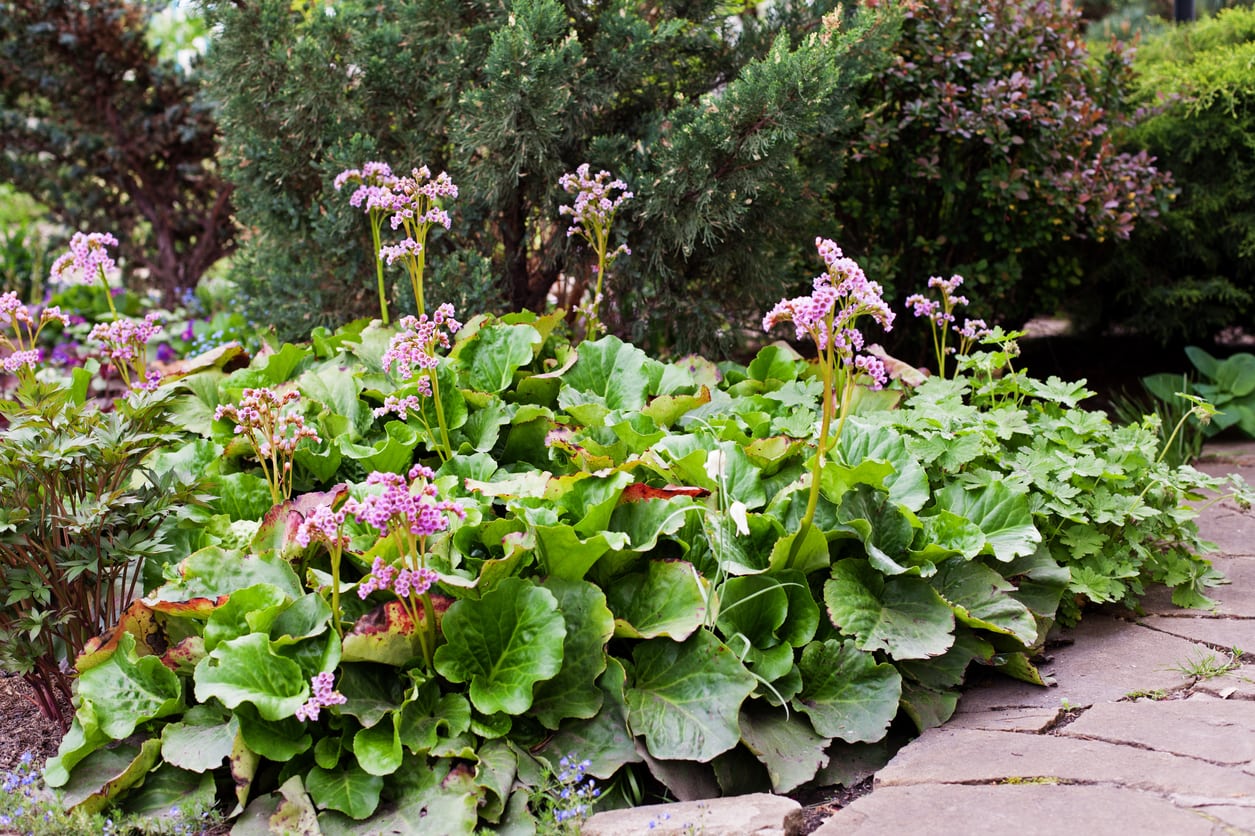

When perennials begin to look shabby, straggly, open in the center, or fail to produce their normal amount of blooms, it is usually time to divide them. Different perennials will reach this point at different times, depending on their root structures and growing habits. The perennial bergenia may bloom and grow beautifully for several years, then suddenly stop performing. This could be because it is choking itself out and needs to be divided or because something in its environment changed and it needs to be moved. Continue reading to learn how to transplant bergenia, as well as when to divide bergenia plants.
Dividing and Moving Bergenia Plants
Bergenia is a perennial for shade to part shade in USDA hardiness zones 3 through 9. It thrives in dry shady locations where many other plants simply cannot grow. However, if their site suddenly becomes less shady, for example, if large shade trees have been removed, bergenia plants can quickly fry and die out. Unfortunately, sometimes shade trees do need to come down and the plants that relied on their shade, such as bergenia, need to be transplanted. Bergenia will also suffer if the site suddenly becomes more consistently damp. They cannot tolerate soggy soil or wet feet and will fall victim to many fungal diseases and rots in excessively wet conditions. Transplanting bergenia will be necessary for survival. Every three to five years, bergenia plants also need to be divided. You’ll know when to divide bergenia by the overall appearance, health, and vigor of the plant. If they begin to look spindly, are blooming less, or have open spaces in the center, divide them.
How to Transplant Bergenia
Dividing and/or moving bergenia should be done in spring. However, it is sometimes necessary to move plants during other times of the year. If you absolutely have to transplant and divide bergenia in the summer months, it is best to do it on a cool, cloudy day to reduce the risk of transplant shock. Using a clean, sharp spade, dig widely around the plant’s crown to make sure you get all the roots. Once you have lifted the root ball out, remove excess soil. Thick, rhizomatous roots will then be exposed. With a clean sharp knife, you can create bergenia divisions by cutting apart sections of these rhizomes. Be sure each section contains a node or section of the plant crown. Plant your new bergenia divisions or bergenia transplant in shady to part shade locations. Bergenia makes excellent low growing borders or groundcovers for dry, shade gardens. Though they like things a bit on the drier side, you will need to water new transplants well and regularly as they get established.
Gardening tips, videos, info and more delivered right to your inbox!
Sign up for the Gardening Know How newsletter today and receive a free copy of our e-book "How to Grow Delicious Tomatoes".
-
 12 Lush Alternatives To A Lawn For Sustainable Spaces
12 Lush Alternatives To A Lawn For Sustainable SpacesAlternatives to a lawn are beautiful and also beneficial to your local ecosystem and its pollinators. Explore our top picks for plants to replace grass.
By Tonya Barnett
-
 Types Of Tomatoes Explained: Explore The Many Wonderful Shapes, Colors, Flavors, & Best Uses
Types Of Tomatoes Explained: Explore The Many Wonderful Shapes, Colors, Flavors, & Best UsesThe world of tomato varieties is vast and fascinating. Learn about the key types to grow in your garden, tailored to your preferences and space.
By Amy Grant
-
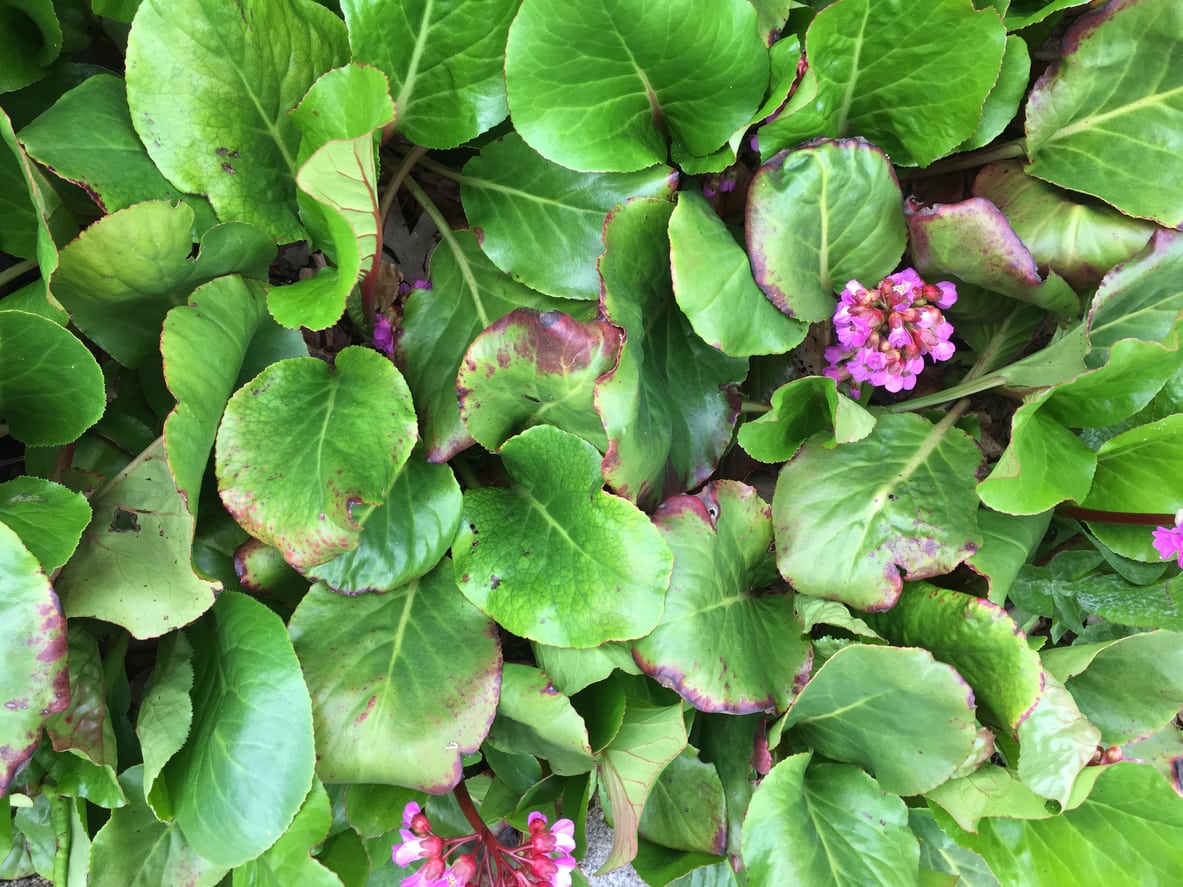 Bergenia Issues: Identifying And Treating Bergenia Pests And Disease
Bergenia Issues: Identifying And Treating Bergenia Pests And DiseaseRarely bothered by deer or rabbits, like any plant, bergenia can experience some problems with pests and diseases. If you have found yourself wondering “what is wrong with my bergenia,” this article is for you. Click here to learn about common bergenia problems.
By Darcy Larum
-
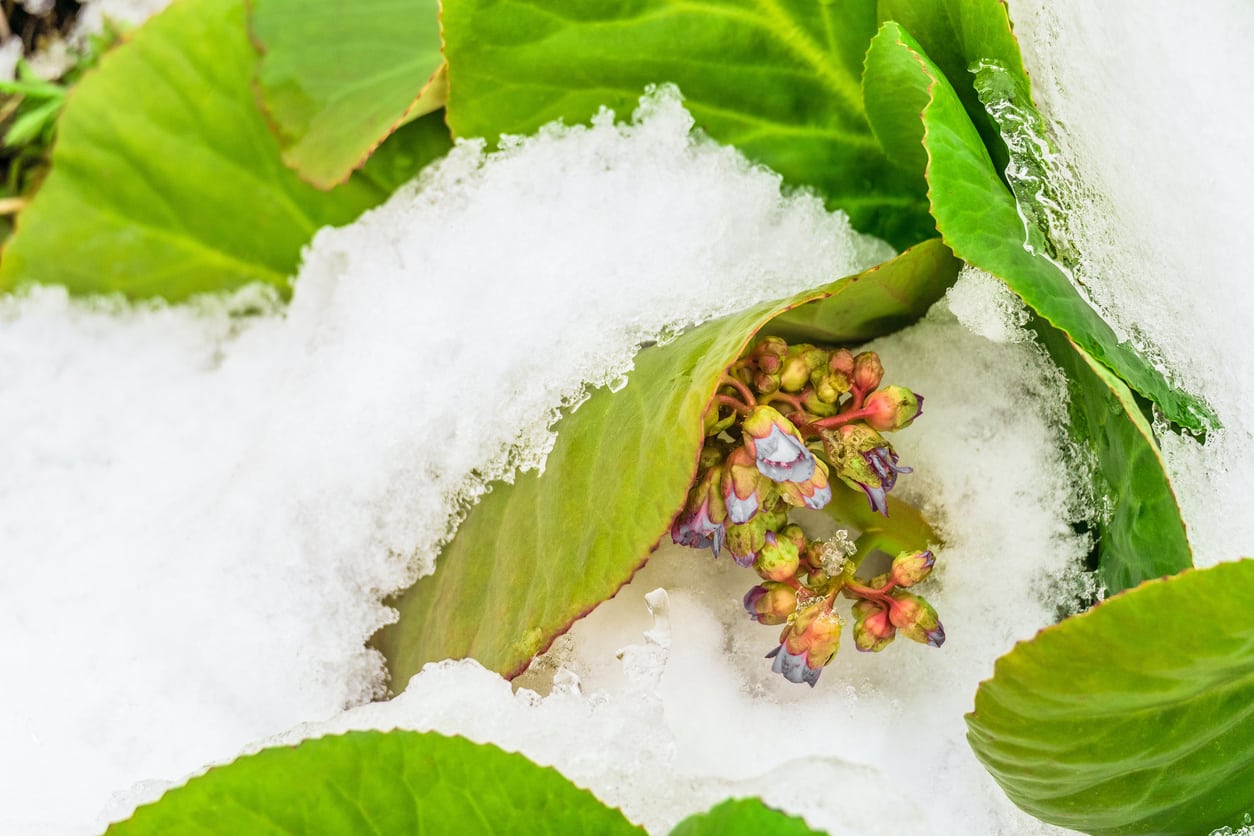 Bergenia Winter Care Guide – Tips For Bergenia Winter Protection
Bergenia Winter Care Guide – Tips For Bergenia Winter ProtectionBergenia are tough little plants that can stand up to a wide range of conditions, including cold. But how do you care for a bergenia in winter? Click on the following article to learn more about bergenia cold tolerance and bergenia winter care.
By Liz Baessler
-
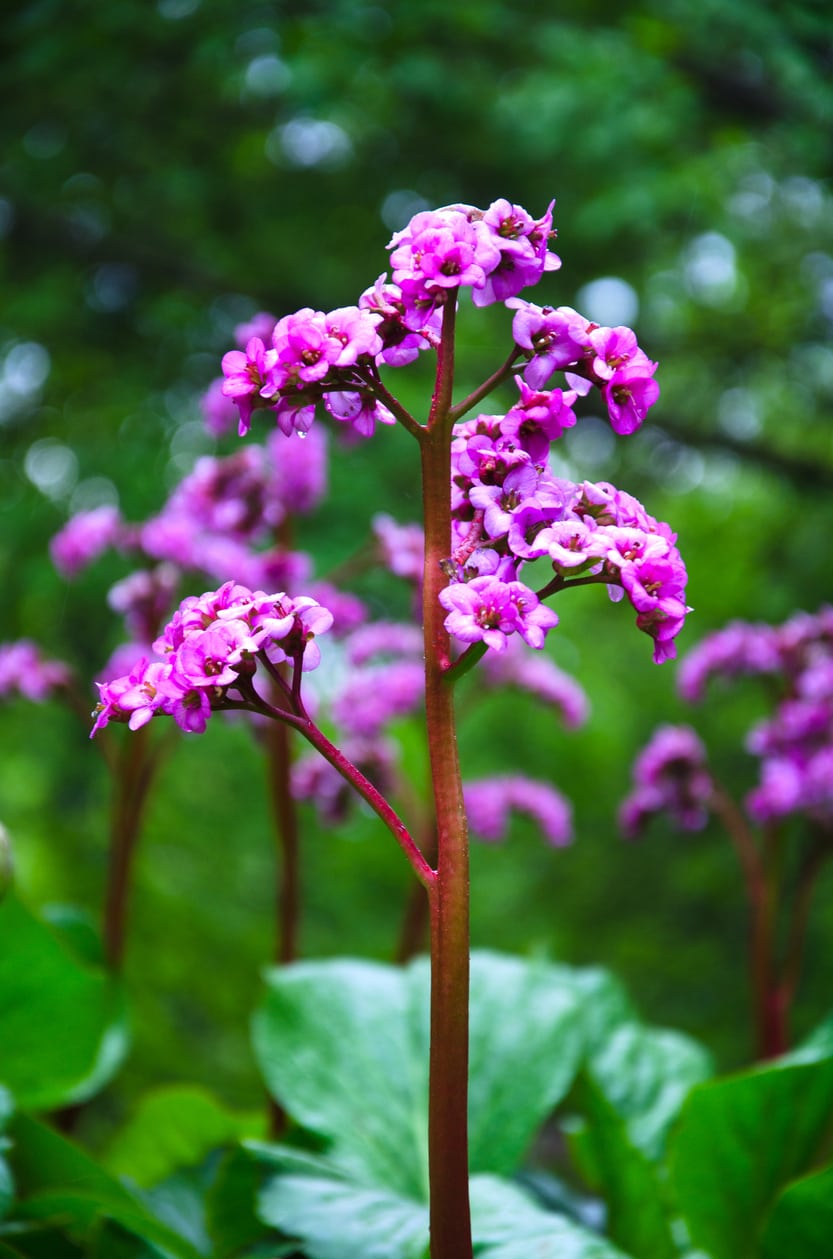 Types Of Bergenia For Gardens – How Many Kinds Of Bergenia Are There
Types Of Bergenia For Gardens – How Many Kinds Of Bergenia Are ThereWhile hostas certainly work in shade beds, you have many other perennial options for a shady area. Bergenia, for example, is just one. Click this article to learn more about the many beautiful bergenia varieties for shady gardens.
By Darcy Larum
-
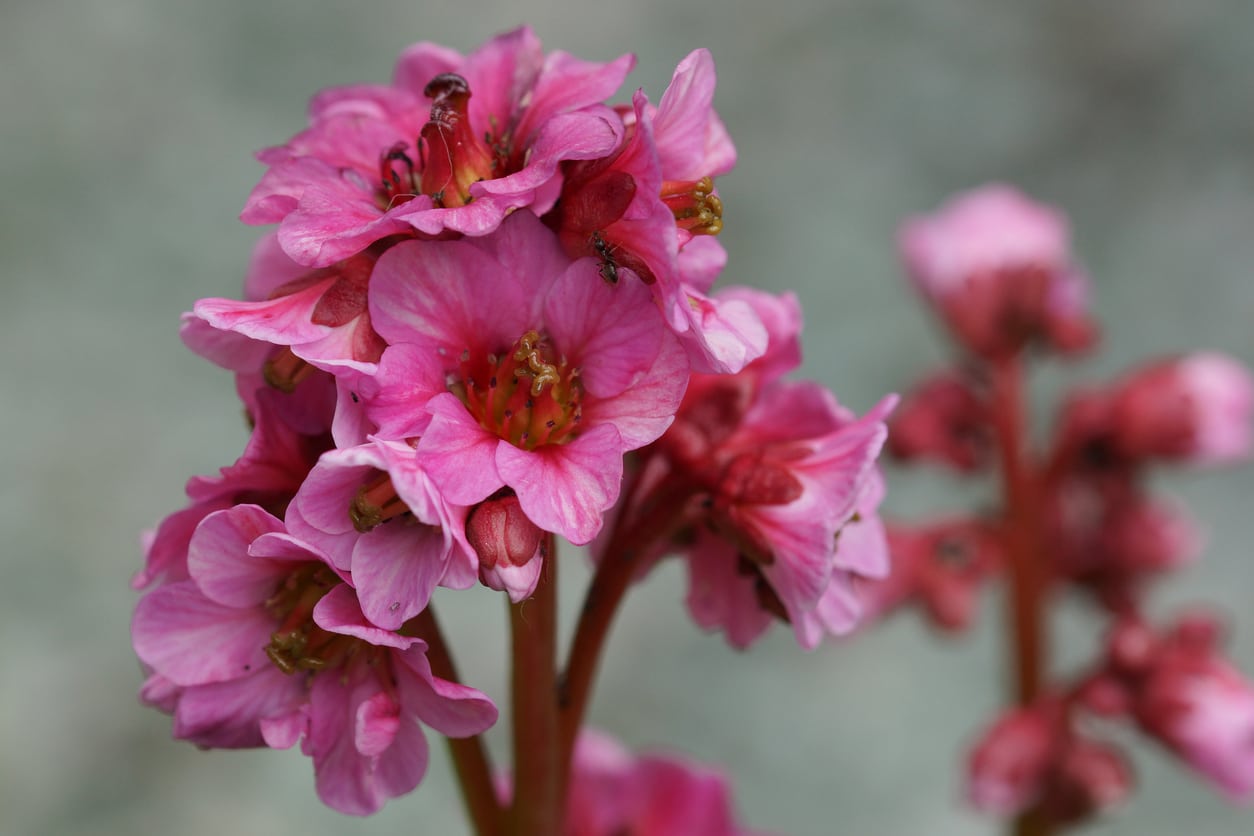 Bergenia Seed Propagation: How To Plant Bergenia Seeds
Bergenia Seed Propagation: How To Plant Bergenia SeedsFor a pretty green groundcover that is tough, spreads readily to fill in empty spaces, and produces spring flowers, it’s tough to beat bergenia. Bergenia seed propagation is easy, so save your money and skip the transplants. Learn more in this article.
By Mary Ellen Ellis
-
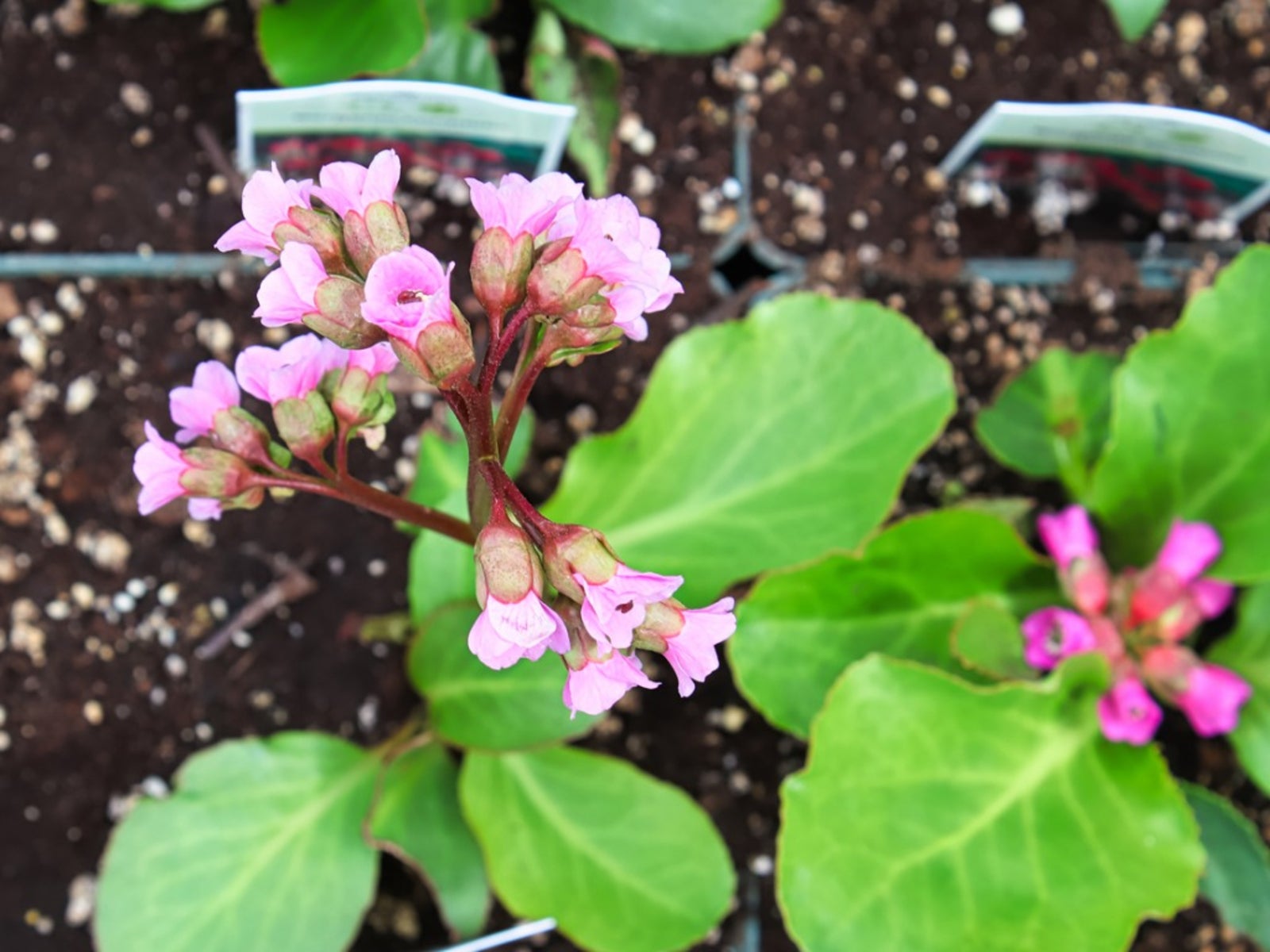 Container Grown Bergenia: Tips For Potted Bergenia Plant Care
Container Grown Bergenia: Tips For Potted Bergenia Plant CareBergenias are gorgeous evergreen perennials that produce stunning spring flowers and brighten up autumn and winter gardens with their very attractive, colorful foliage. But can you grow bergenia in pots? Learn more about how to grow bergenia in a container here.
By Liz Baessler
-
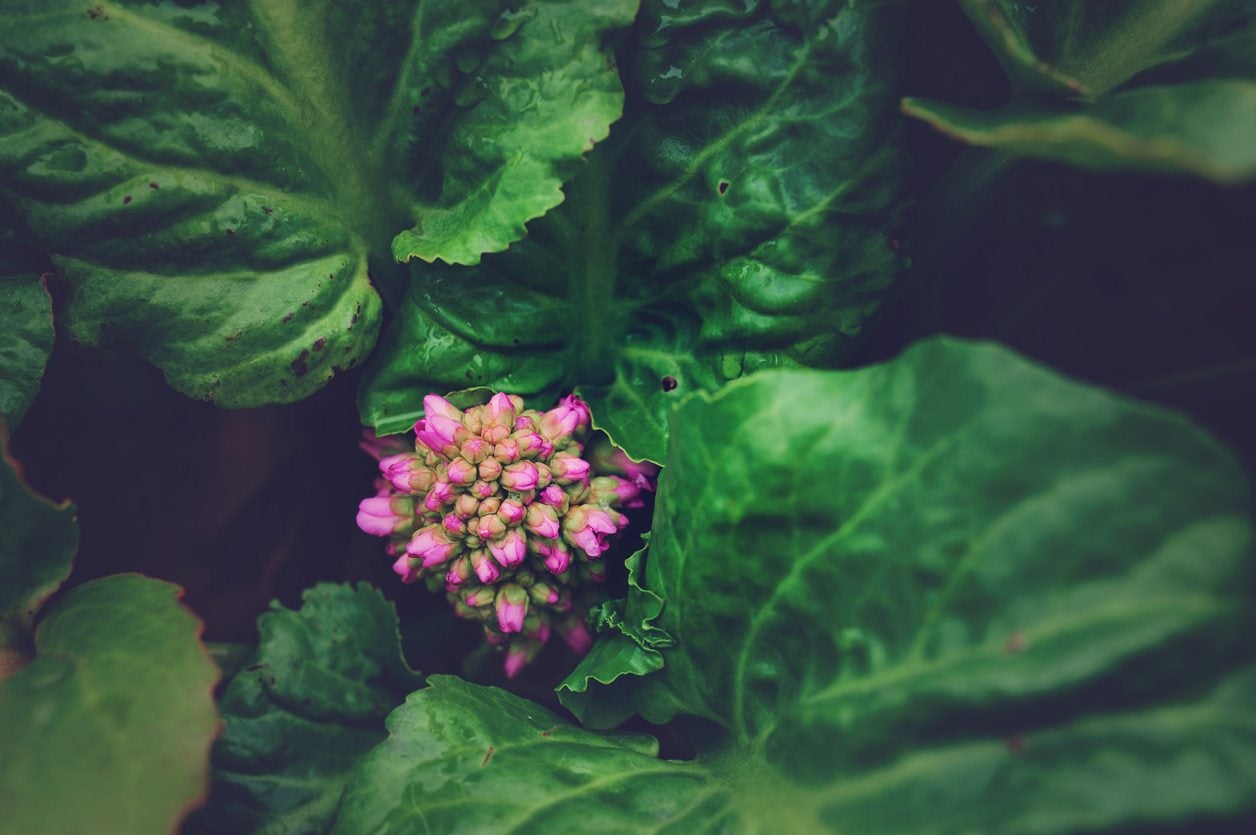 Treating Disease In Bergenia – How To Recognize Bergenia Disease Symptoms
Treating Disease In Bergenia – How To Recognize Bergenia Disease SymptomsAlthough bergenia plants tend to be relatively disease resistant, this lovely perennial can fall victim to a handful of serious plant diseases. Click this article to learn about treating disease in bergenia plants.
By Mary H. Dyer
-
 Bergenia Insect Problems: Tips For Controlling Bergenia Pests
Bergenia Insect Problems: Tips For Controlling Bergenia PestsBergenia are sturdy, low-maintenance perennials that tend to be problem free. However, bergenia insect problems do occur from time to time. Click this article to learn methods of controlling bugs that eat bergenia.
By Mary H. Dyer
-
 Bergenia Propagation Methods: A Guide To Bergenia Reproduction
Bergenia Propagation Methods: A Guide To Bergenia ReproductionBergenia is an attractive perennial with showy clusters of pink or brilliant flowers. Growing new bergenia from a mature plant isn?t difficult, or you can choose to attempt bergenia propagation by planting seeds. Learn more about methods of bergenia reproduction here.
By Mary H. Dyer